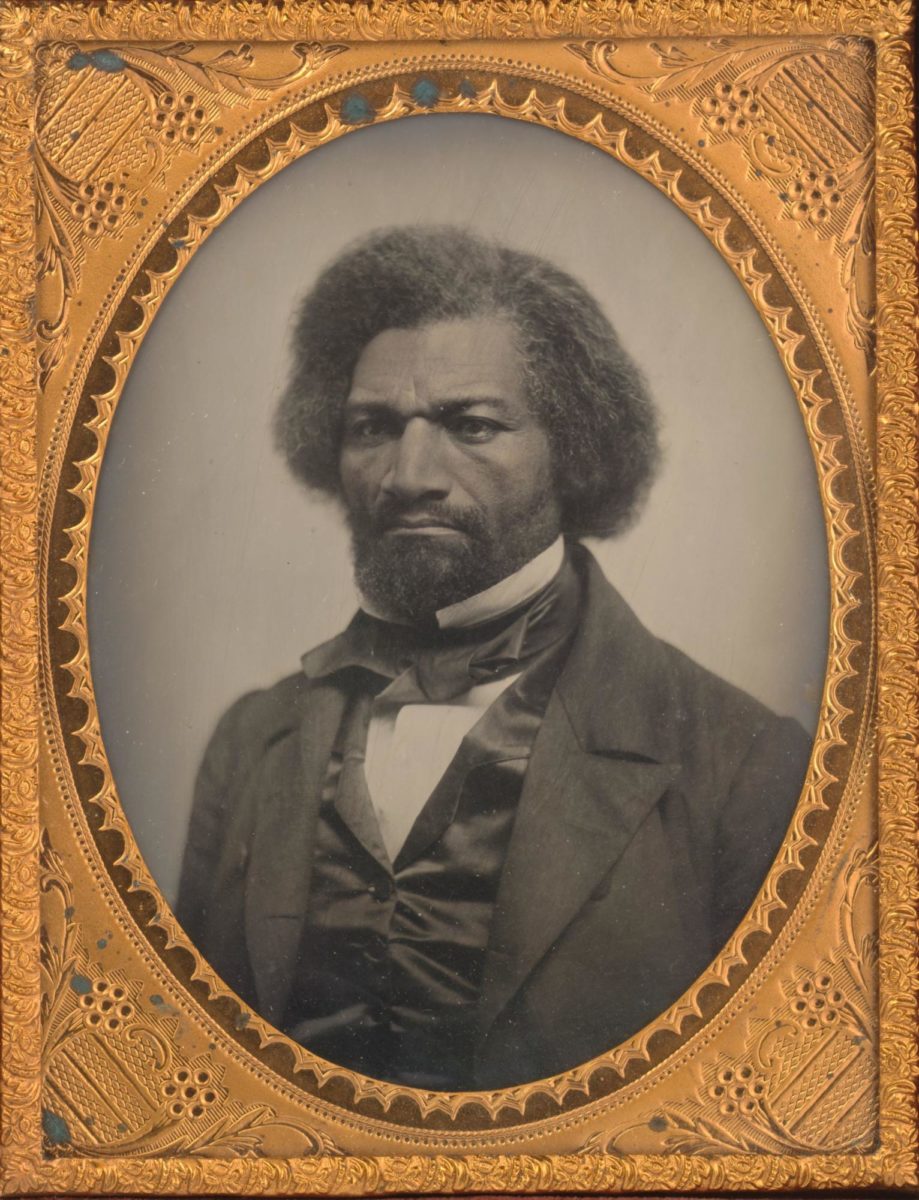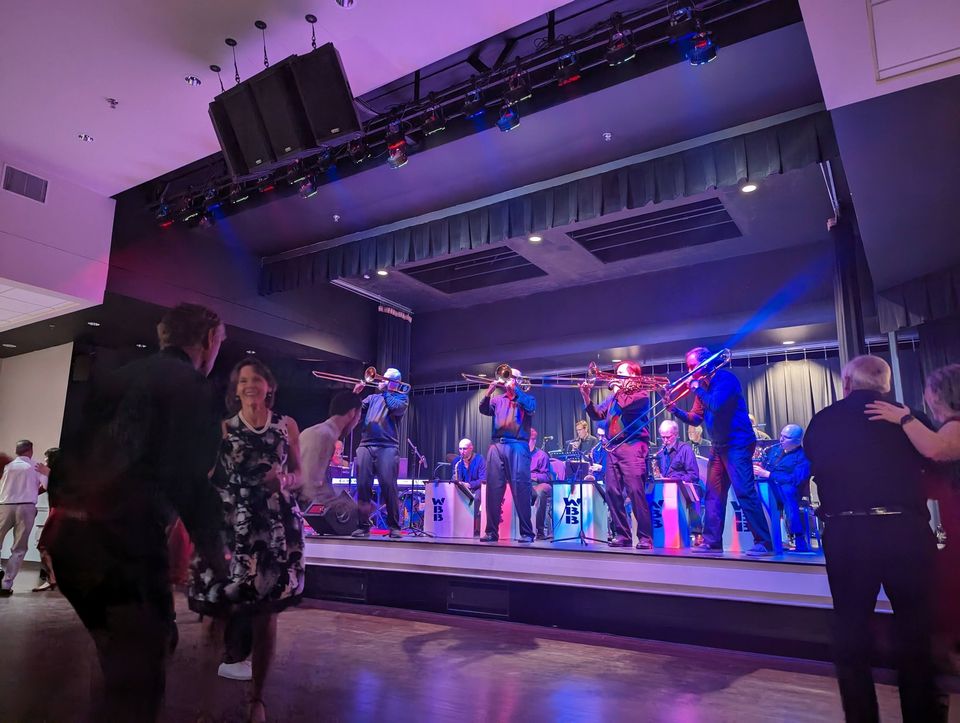Frederick Douglass never got to know his mother very well because she worked on another plantation in Maryland 12 miles away. At age 8, he is moved to Baltimore to live with the Auld family and finds clever ways to teach himself to read, something forbidden for slaves. He gives food to the young white boys for spelling lessons. As a young teen, when he hears the word “abolitionist” during a public debate, he begins to yearn for his own freedom.
After his owner, Colonel Lloyd dies, Frederick is returned to the Wye plantation to be assessed for the estate. He begins to teach other slaves to read, and when discovered, is sent to a “nigger breaker” named Covey. They fight for two hours before Frederick is sent back to work on the plantation. He plans an escape with some friends but is caught and jailed. He is then sent back to Baltimore and works at the docks, turning over his wages to his overseer. His white co-workers beat him up.
His wife to be, Anna Murray, was born free (also on the Eastern Shore of Maryland), though her parents were both enslaved. Frederick told Anna that he would only marry her once he gained his freedom. So in 1838, he escaped from the Baltimore shipyards posing as a sailor. With the proper papers, he boarded a train to Philadelphia and then travelled to New York City. He and Anna quickly married and started a family.
In 1842, he met William Lloyd Garrison, a well-known publisher and abolitionist, and with Douglass’ electrifying eloquence, he becomes a sought-after orator. He publishes a narrative in 1845, My Bondage & My Freedom. However, as a black abolitionist, Douglas remains concerned about his freedom, and becomes increasingly concerned about his family and his own safety.
So he decides to travel to England, leaving Anna with four young children. England has already abolished slavery so he is welcomed with open arms and travels around the U.K. giving major talks. Yet he becomes depressed over not seeing his wife and children and the fact that he is still considered a slave in parts of the U.S. His friends there negotiate his freedom from his current owner in the states for 150 British pounds (about $710).
When he returns to the states, Douglass starts his own paper over the objections of Garrison. He calls the U.S. Constitution “anti-slavery” and says, “There is no union with slave holding.” Despite his legal freedom, he still feels his family is always threatened so he moves the paper to Rochester, New York, and all family members work with him in the business of publishing his newspapers.
During the Civil War, two of their sons served in Massachusetts regiments, and in the years after the war, Douglas hopes things will change. In 1877, he gives what may be the first voice of affirmative action: “While I’m always against doing something based on color, whenever two people are going for the same job, men of similar background and ability, the black man should be hired.”
Related content: ‘Our Stories: Brave Conversations on Race’ Hosts Summit








